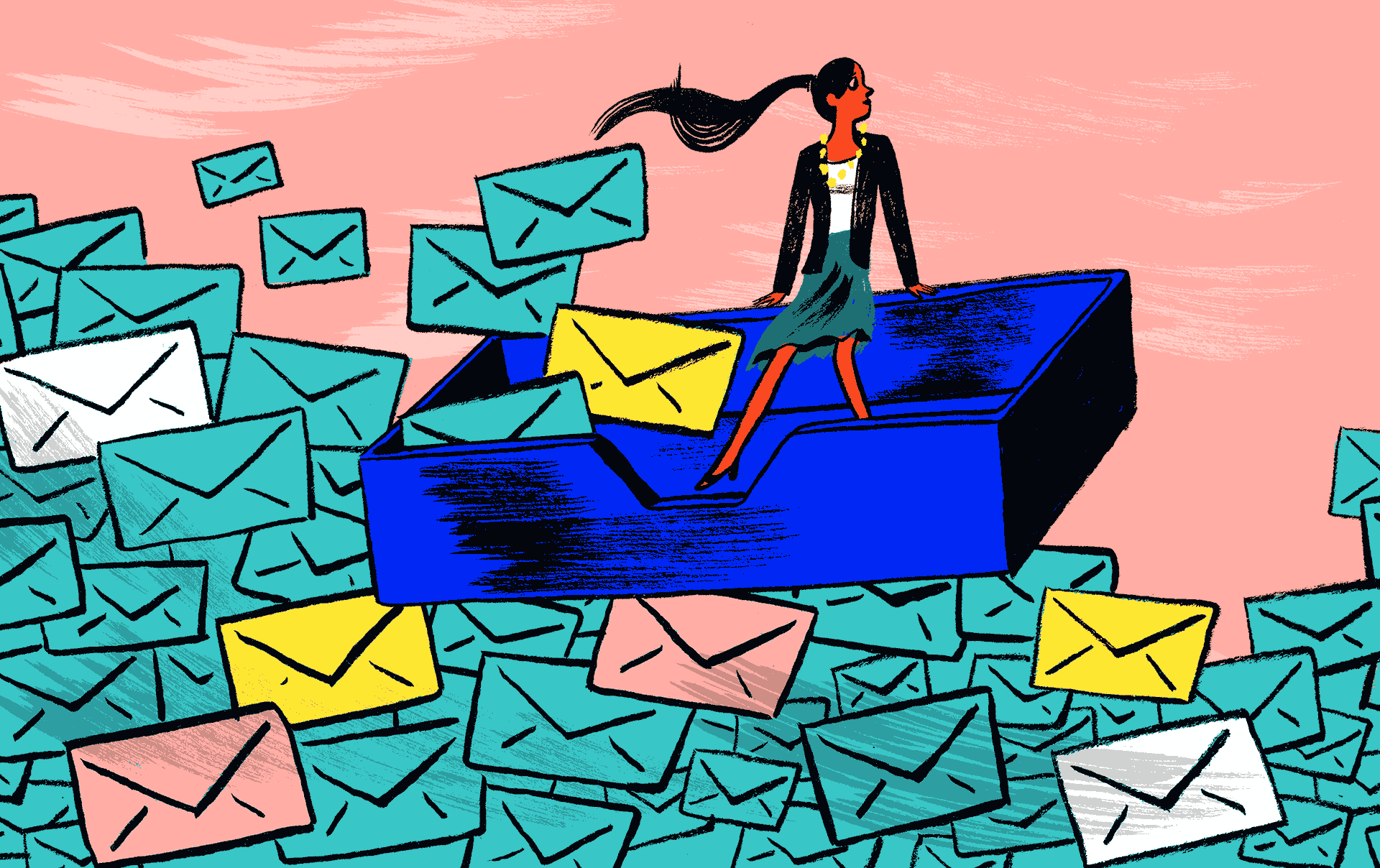To: student@yourschool.edu
CC: professorx@yourschool.edu
From: afellowstudent@yourschool.edu
Subject: Proper Email Etiquette Matters
To Whom It May Concern:
The number of emails you send in your college career may seem endless. Emails have evolved since the early ’90s and treating them as instant messaging has become too common. Learning the basics of email etiquette and how to format a proper email, which is a decent mix between an instant message and a letter, earns you valuable student cred with your professors and is vital for your future in the real world.
If you’re one of those students who doesn’t spell check their email before sending, start now. If you’re one of those students who send paragraphs worth of information in one email, stop now. If you happen to be one of those students who send their paper or articles inside the email message box instead of attaching a file, please stop immediately.
Let’s dissect look at the basics of email etiquette.
1. The Subject Line
Much like a cover letter to a resume, the subject line is a deciding factor in whether someone will read on or not. Thankfully, most professors must be available to you, meaning they’ll have to read your emails and your email’s awful subject line.
Save them the trouble and do your future self a favor. Some professors will require you to include your name and your class’s registration number in the subject line to inform them you are one of their students. Even if your professor does not require this, do it anyway. College is the opportune time to set yourself apart from others and the best people to start with is your professor. Ideally, you’ll have five or six to practice with.
Don’t forget to keep it short and focused. A good way to practice is using ten words or less, even then, ten words is pushing it.
TRY TO AVOID USING ALL CAPS. Though I am guilty of this, it insinuates shouting and yelling. Instead, try writing your subject lines in sentence case with the first word and proper nouns capitalized.
2. CC/BCC
How many times have you asked yourself what this even stands for? The CC and BCC sections for Carbon Copy and Blind Carbon Copy. This allows you to add one or more additional contacts to the email. The carbon copy option is public and all included in the email can see who has been ‘carbon copied.’
My favorite is the ‘blind carbon copy’ option. This allows you to email multiple correspondents and not have everyone know. Though not a vital part to emailing your professors, in the event you need to send a mass email, this proves helpful in avoiding the “reply all,” response from others.
3. Introductions
The best formal introduction you can use will almost always be “To Whom It May Concern:.” Remember this format and use it. Keep in mind this is a broad, general greeting when you aren’t sure who to get a hold of.
When you can specify the recipient down to a single source, begin by using the introduction “Dear,” instead. However, do not overuse this introduction. It is completely okay to switch to Hello and Hi followed by “Professor (insert last name here).” Keep in mind any specific names or titles a professor expresses they prefer to go by.
4. Spell Check and Sentence Structure
Check your spelling and make sure what you’re saying makes sense. Though there is some wiggle room here because email shares a relationship with instant messaging, you’ll still want to maintain some professionalism. A significant portion of email etiquette revolves around being considerate of the recipient’s time, so making them decipher your unclear phrases or misspelled words is only going to make them less disposed to care about what you’re saying.
Understanding the professional relationship you share with your professor’s can help dictate how freely you can speak with them in an email.
5. “Sent From My iPhone”
Most email clients have apps, making the emailing process a little more instant and on a mobile platform, less formal. Email clients should allow you to adjust this line for your mobile sending purposes. The “Sent from my iPhone” tag at the end of your email is sometimes a justifiable excuse for misspellings and errors you may not have caught due to skim reading or because of a smaller screen, but the fewer errors your messages have the better. As with the point above, the height of email etiquette means avoiding spelling errors no matter the circumstances.
Changing this to “Using phone, please excuse errors or brevity” can work also. But, taking the extra time to proofread your emails on-the-go, in a rush and via your cellphone, makes all the difference.
6. Do Not Write An Essay
Keep it short. Keep it short. Keep it short.
Avoid writing giant paragraphs full of long, run-on sentences and non-essential information. Do not send your life story in an email, but instead try your hardest to narrow down what questions you need to ask and what information you’re trying to get across.
Most professors read their emails on the go, consider this and do not give them a book to read when your message could have easily been formatted as a quick two-liner.
7. Send Attachments
Unless notified otherwise, send your documents as an attachment. Do not send your documents in the body of your email. Some college emails will restrict you on the file size of your attachment, and some professors will ask you to include your document in the body of the text. These are exceptions.
As a general rule, send your added documents as attachments. Otherwise, you’re violating a couple of email etiquette guidelines, making your message unreadable.
8. Come Up With A Signature and Send Off
Using a signature, especially if you have an office job, can really boost the tone and influence the conversation between you and your professor. In a business setting, the signature will inform those you’re communicating with what your title or stature is. It is also a quick resume shout out and makes your contact information available.
In your signature, be sure to keep it simple. Include a number to reach you by and any professional social media outlet links you have available. There are a wide variety of closing lines you can send your email off with. I prefer, “Best,” or “Thank you for your time.” Both are chosen based on the sentiments I wanted to portray. The second option is slightly wordy but effective. Otherwise stick to standard “Best wishes,” “Best,” “Kind regards” or “Sincerely.”
First impressions matter. Professors spend countless hours grading mistakes, give them one less chunk of words to grade. After all, educators are who you rely on for letters of recommendation, and that is when your impression on them will matter most. Don’t worry, if you’re lucky enough to have Gmail as your email client, you have at least thirty seconds to “undo” your send.
With sincerest kind regards,
A fellow student

















